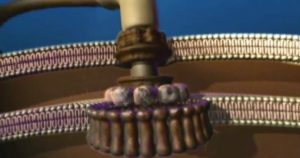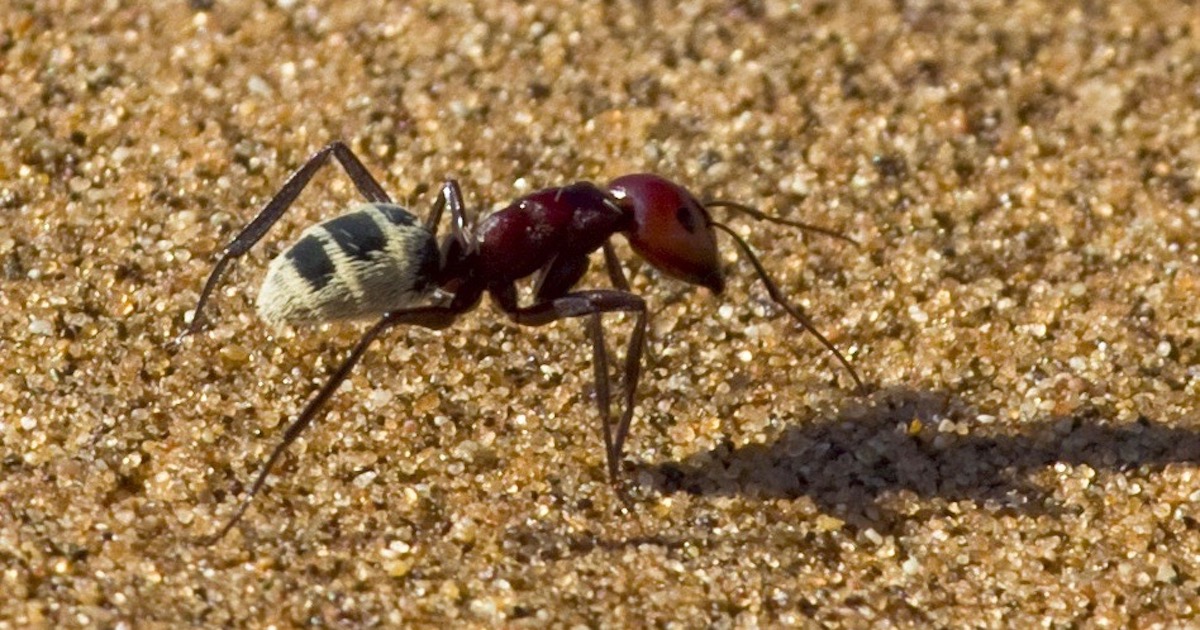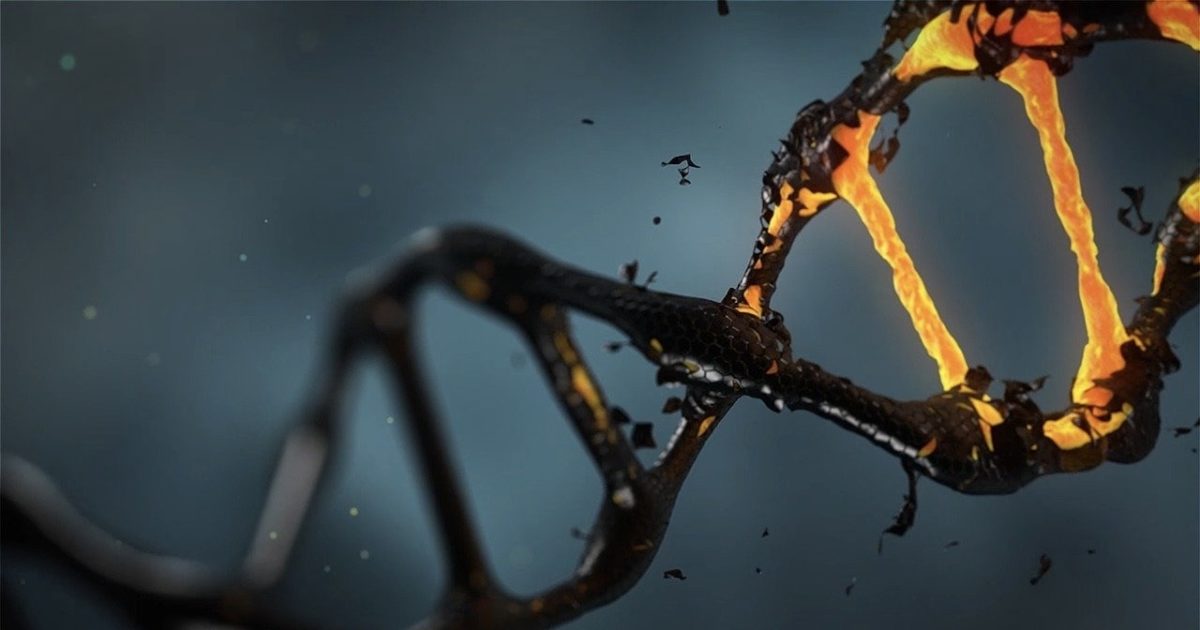
Science and Culture Today | Page 304 | Discovering Design in Nature


Spider-Man, the Multiverse, and Intelligent Design

The Underlying Principle Behind the Second Law

Teleophobia: Cassell on the Unreasonable Fear of Intelligent Design

More Fishy Tales Afoot from Neil Shubin

Do Statistics Prove Common Ancestry?

Bacterial Flagellum Demonstrates the Explanatory and Predictive Power of Engineering Models

Animal Algorithms: Desert Ants and Honey Bees

Happy New Year! #1 Story of 2021: Cambrian Explosion Goes Nuclear






































